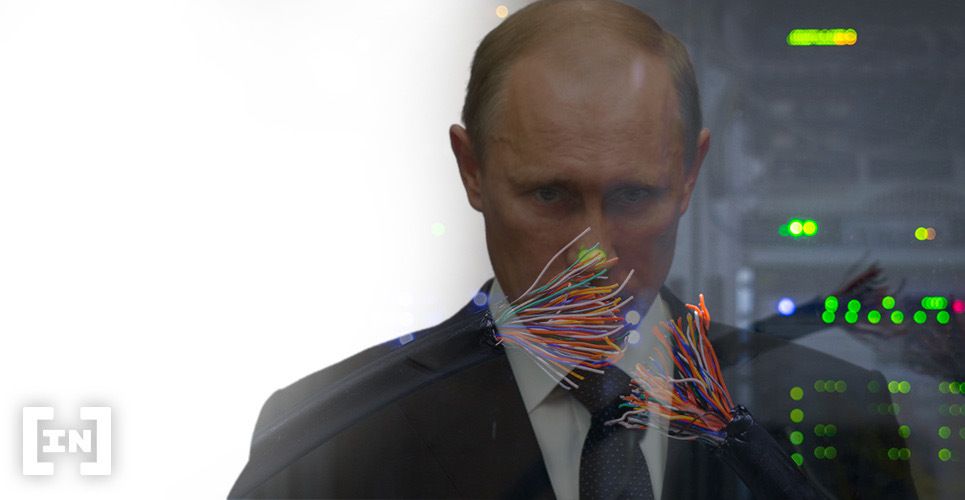Russia’s government says that a Russian ruble will come about in three to seven years.
It believes that a central bank-backed digital currency (CBDC) could help make payments transparent, thus fighting corruption and poverty. Another official believes a pilot project could be launched by the end of 2021.
SponsoredThough Russia has been lukewarm toward digital currencies in the past, the president’s special spokesperson Dmitry Peskov believes the Russian Federation sees no rush to digitize the ruble. Peskov told RIA Novosti that a digital ruble would be developed in three to seven years.
The former diplomat said that it is not important to be the world leader in digital currencies and that using the proper technology is more important. Peskov added that being a “fast second” would be better than a rushed first, citing high financial risk and the advantage of learning from the mistakes of others.
Anyway, he added, in order to become the world’s leader in CBDC, Russia would have had to, “start four years ago.”
In a seemingly conflicting statement, head of the Bank of Russia Elvira Naibullina said during an online press conference on Oct. 23 that a pilot digital ruble could come about by the end of 2021. She also stressed that the final decision to create a CBDC was still up in the air.
In October, the Bank of Russia released a compressive report about the possible creation of the digital Russian Ruble. The report included questions remaining for public discourse, including when and if to support the digital currency.
SponsoredDecentralized Fight Against Poverty
Naturally, large financial institutions could benefit from digital ruble transfers. But Peskov, who speaks for the Kremlin, had smaller transactions on his mind. The Russian spokesperson explained how transparent payments via a digital ruble could help with the fight against poverty:
“In order to understand who we really need to help, we need to understand the transactions that support a household. Otherwise, we might need to support a home’s upkeep with 200,000 [$2,616] rubles a month only to find that the household requests additional social welfare. That’s why we need a digital ruble.”
In other words, by tracking micro-transactions, the government could understand the actual cost of living and perhaps how benefits are spent, rather than just relying on reports.
According to CEIC, the average Russian household’s annual income is $6,533, significantly smaller than Peskov’s example.
 Fools Russian
Fools Russian
While Russia has wrestled with a digital ruble for months, it has also increasingly regulated other cryptocurrencies. In September 2020, the Russian Association of Cryptoindustry and Blockchain (RACIB) noted that crypto mining regulation brought Russia down to the technological level “of Afghanistan”.
Meanwhile, regulators also made moves to have citizens legally declare crypto transactions and announce ownership of their crypto wallet addresses. Earlier, Russian prime minister Mikhail Mishustin called upon the country to create a digital monetary platform “in the best sense of the word.”

